Leveraging advancements in Genrative AI, the robot enables more immersive and continuous conversations, deepening the user-device connection.
Category: robotics/AI – Page 845
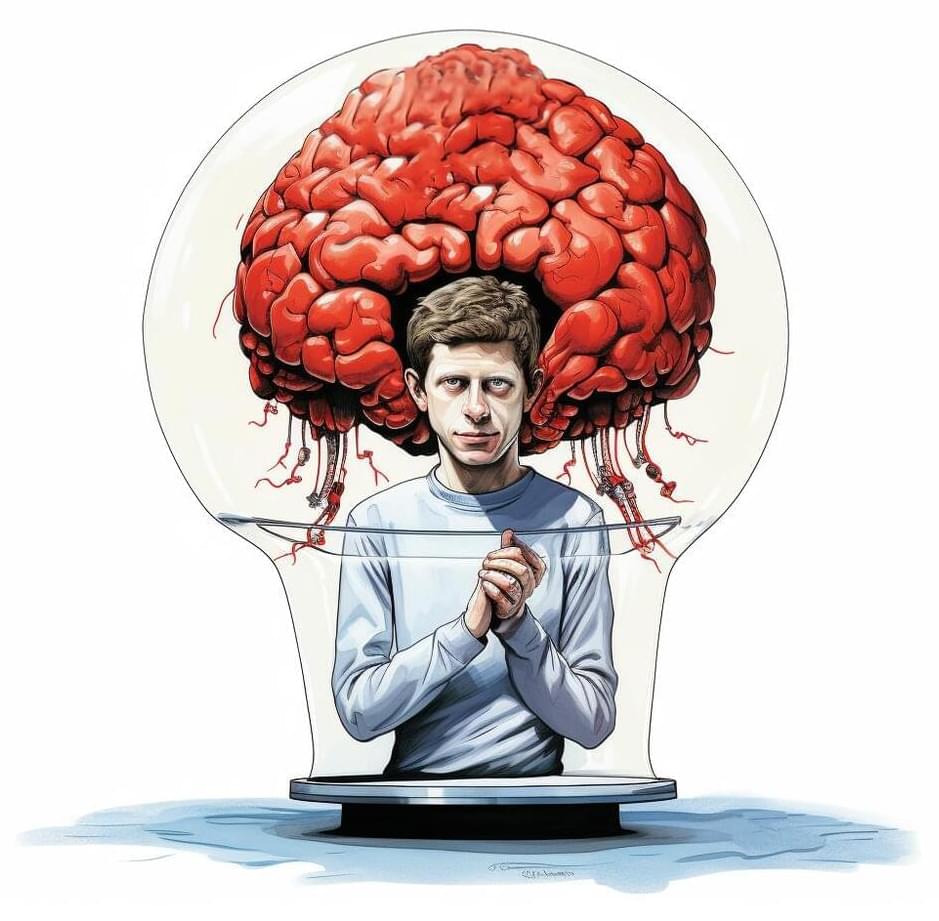
Did OpenAI Secretly Create a Brain-Like Intelligence After All?
Earlier this year, OpenAI’s CEO Sam Altman sent the tech world into a frenzy with a five-word Reddit post: “AGI has been achieved internally.”
AGI stands for Artificial General Intelligence. It’s the holy grail of AI research. Essentially, true AGI would be a brain-like intelligence capable of reasoning, creative thought, and perhaps even consciousness.
Altman posting about achieving AGI was a huge deal — it would be akin in its importance to a top scientist posting “Fusion works,” or Donald Trump posting “I’m not running.”
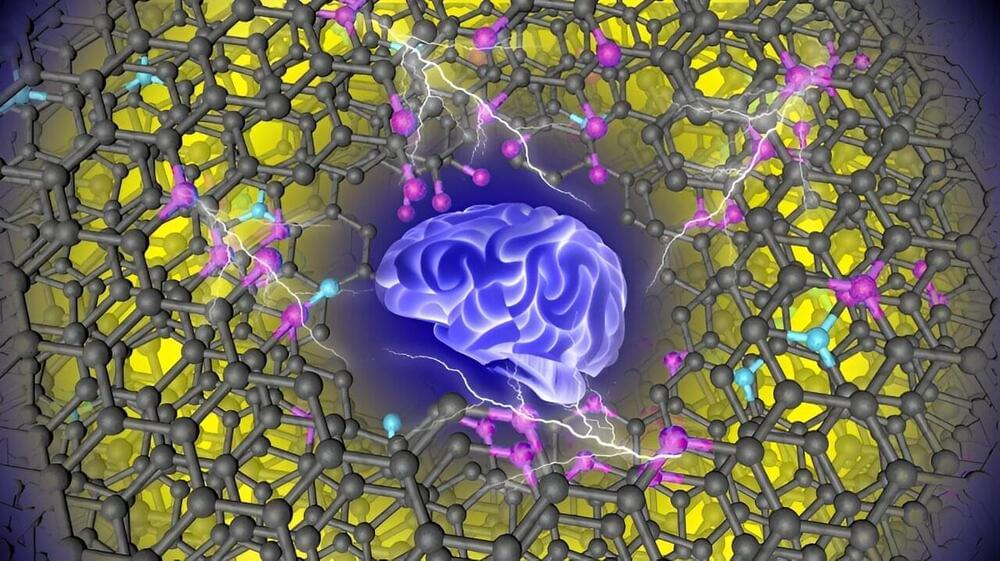
New carbon material sets energy-storage record, likely to advance supercapacitors
Guided by machine learning, chemists at the Department of Energy’s Oak Ridge National Laboratory designed a record-setting carbonaceous supercapacitor material that stores four times more energy than the best commercial material. A supercapacitor made with the new material could store more energy—improving regenerative brakes, power electronics and auxiliary power supplies.
“By combining a data-driven method and our research experience, we created a carbon material with enhanced physicochemical and electrochemical properties that pushed the boundary of energy storage for carbon supercapacitors to the next level,” said chemist Tao Wang of ORNL and the University of Tennessee, Knoxville.
Wang led the study, titled “Machine-learning-assisted material discovery of oxygen-rich highly porous carbon active materials for aqueous supercapacitor” and published in Nature Communications, with chemist Sheng Dai of ORNL and UTK.
Sky News Australia interviews ‘free-thinking’ artificial intelligence
Sky News Investigations Reporter Jonathan Lea sits down to talk with a “free-thinking” and “opinionated” artificial intelligence, Ameca Desktop.
“Ameca is driven by the same artificial intelligence behind Chat-GPT,” Mr Lea said.
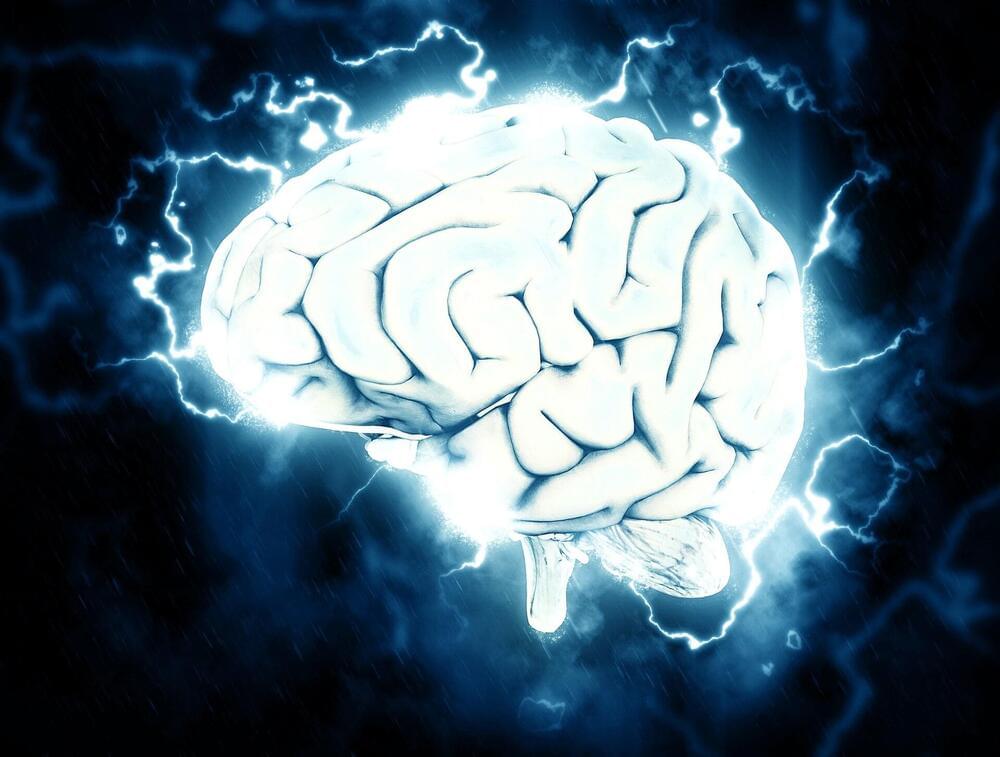
Brain distributes signals differently before real and imaginary movement: Study
Scientists have established how the activity of our brain during imaginary movement differs from that during real action. It turns out that in both cases, a previous signal occurs in the cerebral cortex, but with an imaginary movement, it does not have a clear link to a specific hemisphere.
The obtained data can potentially be used in medical practice to create neuro trainers and control the restoration of neural networks in post-stroke patients. The results of the study are published in the journal Cerebral Cortex.
Before we pick up a pen or put down a cup, a complete picture of this action is formed in the brain. Such visual–motor transformations ensure the accuracy of our movements. Knowing about these mechanisms helps patients to restore motor activity after strokes. But we don’t always finish the movement we started. In this case, visual information enters the motor areas of the cortex responsible for movement, but the start of the reaction is blocked at some point, and mental effort does not end with real muscle activation.

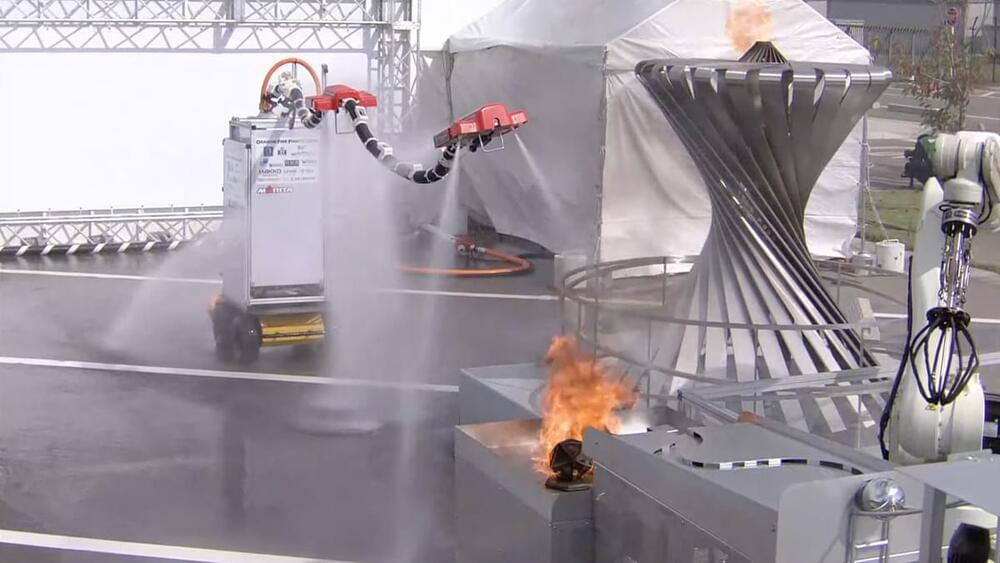

All-optical object identification and three-dimensional reconstruction based on optical computing metasurface
As object identification and three-dimensional (3D) reconstruction techniques become essential in various reverse engineering, artificial intelligence, medical diagnosis, and industrial production fields, there is an increasing focus on seeking vastly efficient, faster speed, and more integrated methods that can simplify processing.
In the current field of object identification and 3D reconstruction, extracting sample contour information is primarily accomplished by various computer algorithms. Traditional computer processors suffer from multiple constraints, such as high-power consumption, low-speed operation, and complex algorithms. In this regard, there has recently been growing attention in searching for alternative optical methods to perform those techniques.
The development of optical computing theory and image processing has provided a more complete theoretical basis for object identification and 3D reconstruction techniques. Optical methods have received more attention as an alternative paradigm than traditional mechanisms in recent years due to their enormous advantages of ultra-fast operation speed, high integration, and low latency.
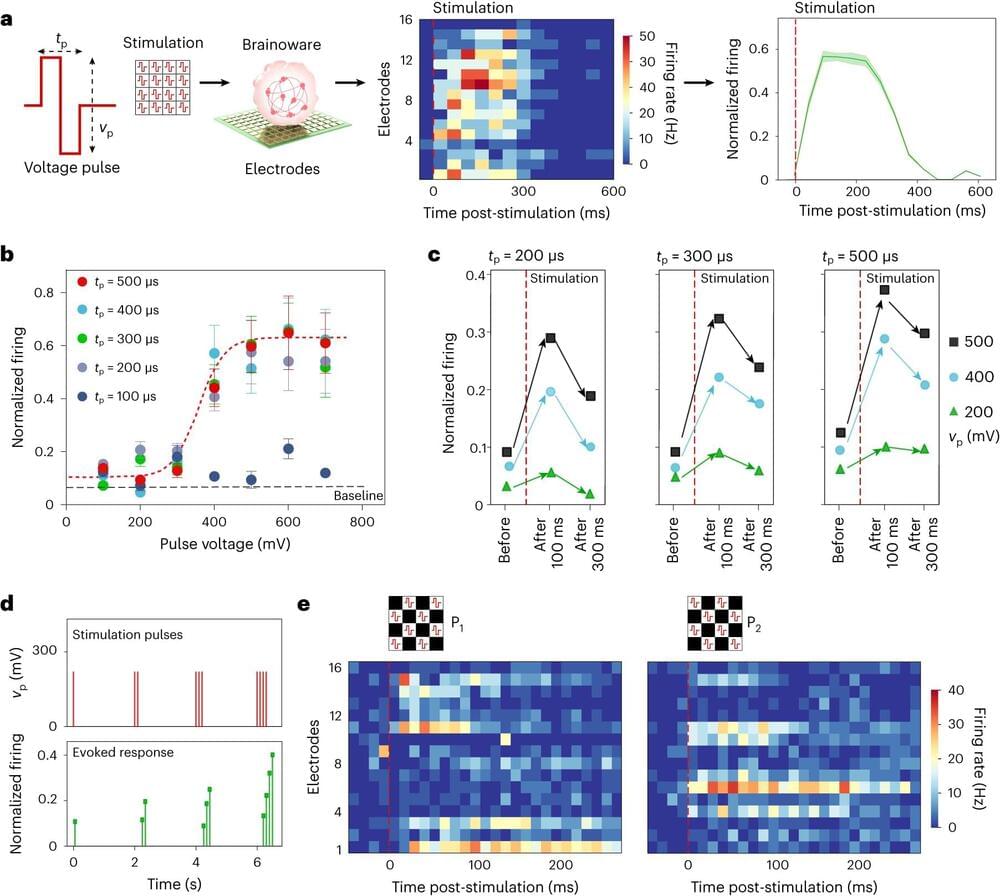
Bioengineers building the intersection of organoids and AI with ‘Brainoware’
Feng Guo, an associate professor of intelligent systems engineering at the Indiana University Luddy School of Informatics, Computing and Engineering, is addressing the technical limitations of artificial intelligence computing hardware by developing a new hybrid computing system—which has been dubbed “Brainoware”—that combines electronic hardware with human brain organoids.
Advanced AI techniques, such as machine learning and deep learning, which are powered by specialized silicon computer chips, expend enormous amounts of energy. As such, engineers have designed neuromorphic computing systems, modeled after the structure and function of a human brain, to improve the performance and efficiency of these technologies. However, these systems are still limited in their ability to fully mimic brain function, as most are built on digital electronic principles.
In response, Guo and a team of IU researchers, including graduate student Hongwei Cai, have developed a hybrid neuromorphic computing system that mounts a brain organoid onto a multielectrode assay to receive and send information. The brain organoids are brain-like 3D cell cultures derived from stem cells and characterized by different brain cell types, including neurons and glia, and brain-like structures such as ventricular zones.
